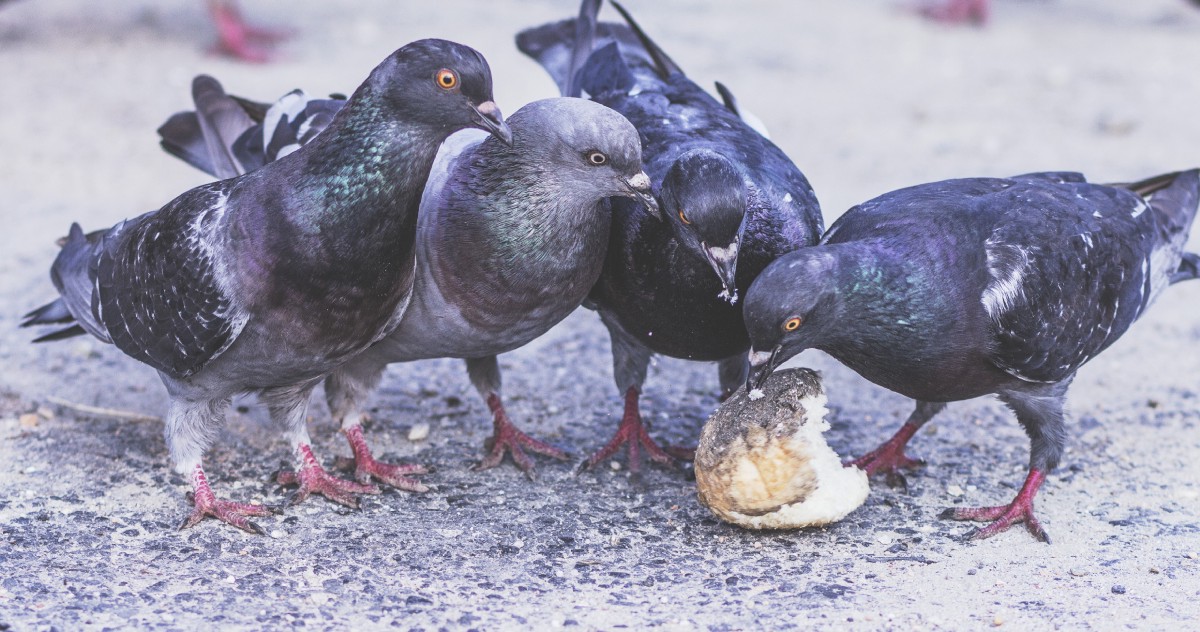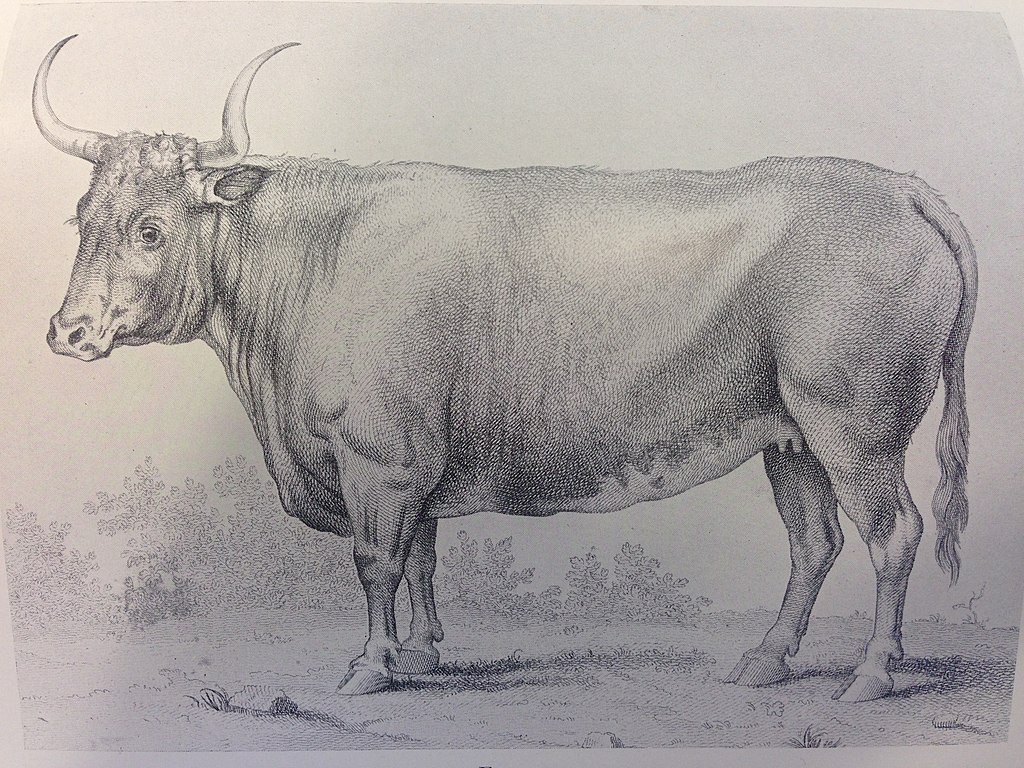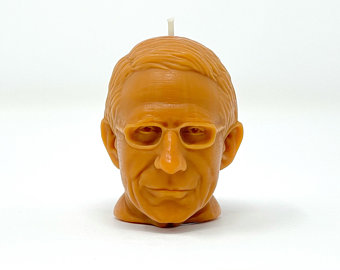Leydig cells aka interstitial cells of the testes and interstitial cells of Leydig
Leydig cells, also known as interstitial cells of the testes and interstitial cells of Leydig, are found adjacent to the seminiferous tubules in the testicle and produce testosterone in the presence of luteinizing hormone (LH).[1][2] They a
Another reason not to feed pigeons – your food is poison?
I can’t tell you why except they showed up on a wiki search. Climate change has a negative effect on this bird, and reproductive performance decreases with increased temperatures. It is also particularly vulnerable to oil, and adults near oiled shores display symptoms of hepatocellular injur
Leeches at Wellcome Collection
61 Results for “Leeches” A fierce battle between the supporters of John Brown (Bruno), in favour of treatment with stimulants, and those of F.J.V. Broussais, in favour of bloodletting. Pen drawing.Reference24101i Pictures Online Exposé de l’état actuel de nos connaissances et obs
Jim Turner exposes horrific dangers and corrupt approvals of aspartame (and other products) Episode 22 – Podcast
https://livehealthybewell.com/podcast/jim-turner-exposes-horrific-dangers-and-corrupt-approvals-of-aspartame-and-other-products-episode-22/ Transcript Hi, this is Jeffrey Smith and welcome to my podcast, Live Healthy, Be Well. Today I’m playing you the audio version of a Facebook live I just d
Human placental lactogen (hPL)
Human placental lactogen (hPL), also called human chorionic somatomammotropin (HCS), is a polypeptideplacental hormone, the human form of placental lactogen (chorionic somatomammotropin). Its structure and function are similar to those of human growth hor
Human chorionic gonadotropin (hCG)
Human chorionic gonadotropin (hCG) is a hormone for the maternal recognition of pregnancy produced by trophoblast cells that are surrounding a growing embryo (syncytiotrophoblast initially), which eventually forms the placenta after implantation. Cole LA (2009
Prostaglandins (PG)
The prostaglandins (PG) are a group of physiologically active lipid compounds called eicosanoids “Eicosanoid Synthesis and Metabolism: Prostaglandins, Thromboxanes, Leukotrienes, Lipoxins”. themedicalbiochemistrypage.org. Retrieved 2018-
Freemartins
A freemartin or free-martin (sometimes martin heifer) is an infertile female cattle with masculinized behavior and non-functioning ovaries.[1] Phenotypically, the animal appears female, but various aspects of female reproductive development are altered due to acquisition of anti-Mülle
Parathyroid hormone (PTH)
Structure Function Regulation of serum calcium Main article: Calcium metabolism Regulation of serum phosphate Vitamin D synthesis Interactive pathway map Click on genes, proteins and metabolites below to link to respective articles. [§ 1] Regulation of PTH secretion Stimulators Inhibitors
24S-Hydroxycholesterol
24S-Hydroxycholesterol (24S-HC), also known as cholest-5-ene-3,24-diol or cerebrosterol, is an endogenousoxysterol produced by neurons in the brain to maintain cholesterolhomeostasis. [1] It was discovered in 1953 by Alberto Ercoli, S. Di Frisco, and Pietro de Ruggieri, who first isolat
21-Hydroxypregnenolon
21-Hydroxypregnenolone, also known as prebediolone, as well as 3β,21-dihydroxypregn-5-en-20-one, is a naturally occurring and endogenous pregnane steroid, and an intermediate in the biosynthesis of 11-deoxycorticosterone (21-hydroxyprogesterone), corticosterone (11β,21-dihydroxyprog
17α-Hydroxypregnenolone
17α-Hydroxypregnenolone is a pregnane (C21) steroid that is obtained by hydroxylation of pregnenolone at the C17α position. This step is performed by the mitochondrialcytochrome P450 enzyme 17α-hydroxylase (CYP17A1) that is present in the adrenal and gonads. Peak levels are reached
Dihydrotestosterone glucuronide
No page at wikipedia – found in a chart
Dihydrotestosterone sulfate
No page at wikipedia – found in a chart
18-Hydroxyprogesterone
No page at wikipedia – found in a chart






